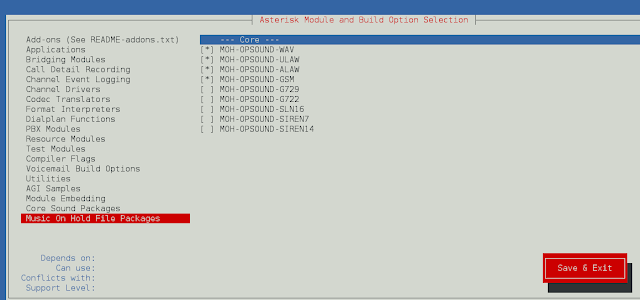List comprehension is an elegant way to define and create a list in Python. We can create lists just like mathematical statements and in one line only. The syntax of list comprehension is easier to grasp.
A list comprehension generally consists of these parts :
- Output expression,
- Input sequence,
- A variable representing a member of the input sequence and
- An optional predicate part.
Syntax of list comprehension
List = [expression(i) for i in another_list if filter(i)]
Example:
Python3
lst = [x ** 2 for x in range(1, 11) if x % 2 == 1]print(lst) |
Output:
[1, 9, 25, 49, 81]
In the above example,
- x ** 2 is the expression.
- range (1, 11) is an input sequence or another list.
- x is the variable.
- if x % 2 == 1 is predicate part.
What is lambda?
In Python, an anonymous function means that a function is without a name. As we already know the def keyword is used to define the normal functions and the lambda keyword is used to create anonymous functions. It has the following syntax:
Syntax of lambda
lambda arguments : expression
Example:
Python3
lst = list(map(lambda x: x**2, range(1, 5)))print(lst) |
Output:
[1, 4, 9, 16]
The difference between Lambda and List Comprehension
List Comprehension is used to create lists, Lambda is function that can process like other functions and thus return values or lists.
Example:
Python3
# list from range 0 to 10list_ = [0, 1, 2, 3, 4, 5, 6, 7, 8, 9]print(list_) # lambda functionlambda_list = list(map(lambda x: x * 2, list_))# Map basically iterates every element# in the list_ and returns the lambda # function resultprint(lambda_list) # list comprehensionlist_comp = [x * 2 for x in list_]print(list_comp) |
Output:
[0, 1, 2, 3, 4, 5, 6, 7, 8, 9] [0, 2, 4, 6, 8, 10, 12, 14, 16, 18] [0, 2, 4, 6, 8, 10, 12, 14, 16, 18]
Graphical representation of list comprehension vs lambda + filter
As we can see from the graph that overall list comprehension is much faster than the filter function. The filter is faster for a small list only.
Python3
import numpy as npimport matplotlib.pyplot as pltimport time# Compare runtime of both methodssizes = [i * 10000 for i in range(100)]filter_runtimes = []list_comp_runtimes = []for lis_size in sizes: lst = list(range(lis_size)) # Get time stamps time_A = time.time() list(filter(lambda x: x % 2, lst)) time_B = time.time() [x for x in lst if x % 2] time_C = time.time() # Calculate runtimes filter_runtimes.append((lis_size, time_B - time_A)) list_comp_runtimes.append((lis_size, time_C - time_B))# list comprehension vs. lambda + filter using Matplotlibfilt = np.array(filter_runtimes)lis = np.array(list_comp_runtimes)plt.plot(filt[:, 0], filt[:, 1], label='filter')plt.plot(lis[:, 0], lis[:, 1], label='list comprehension')plt.xlabel('list size')plt.ylabel('runtime in seconds)')plt.legend()plt.show() |
Output:





